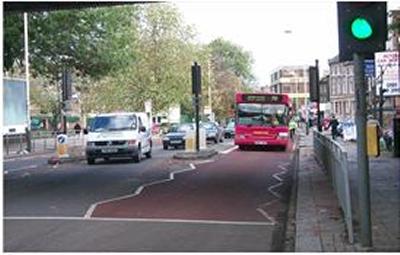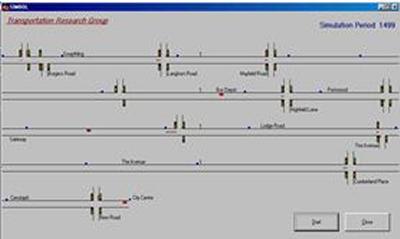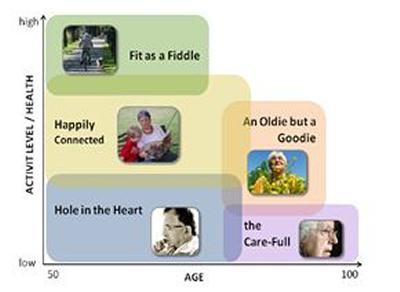Dr Birendra Shrestha BE MSc PhD MCIHT
Visiting Research Fellow

Dr Birendra Shrestha is Visiting Research Fellow within Engineering and Physical Sciences at the University of Southampton.
I am researching to help buses as they provide sustainable alternatives to car.
Birendra Shrestha is a Visiting Research Fellow to the Transportation Research Group at the University of Southampton.
Birendra was a member of TRG since 1999, when he began working towards his Ph.D. During his Ph.D (1999-2003) his research interests were mainly focused on the development of a microscopic simulation model SIMBOL and its application to develop advanced bus priority strategies incorporating AVL (Automatic Vehicle Location) systems. After completion of his PhD, Birendra started working in TRG in 2003. He is mainly involved in the research area of bus Priority at traffic signals and new urban traffic management technologies. He was involved in the various studies carried out in the area of bus priority at traffic signals, using simulation model SIMBOL.
Apart from bus priority, Birendra was also involved in various researches including: Urban Traffic Management (UTM) technologies, review of research and teaching in the area of Intelligent Transportation Systems (ITS). At present, Birendra is analysing the need of older people using public transport and existing facilities available to develop recommendations for future research requirements; working to develop methodology for transferring innovative urban transport and mobility measures from one city to another; and researching the ways to open up traffic data for enhanced traveller information.
Birendra now works with Transport for London.


